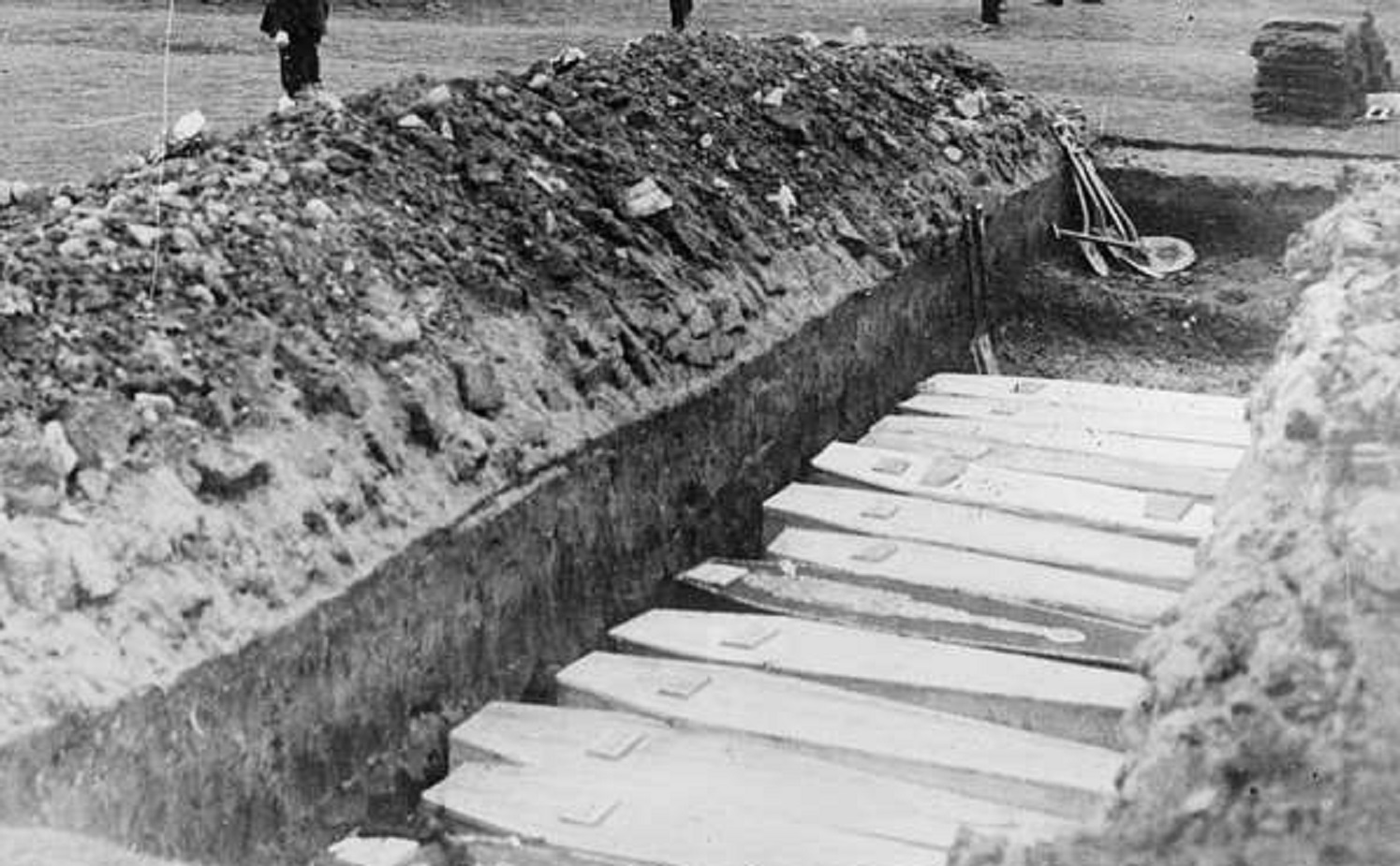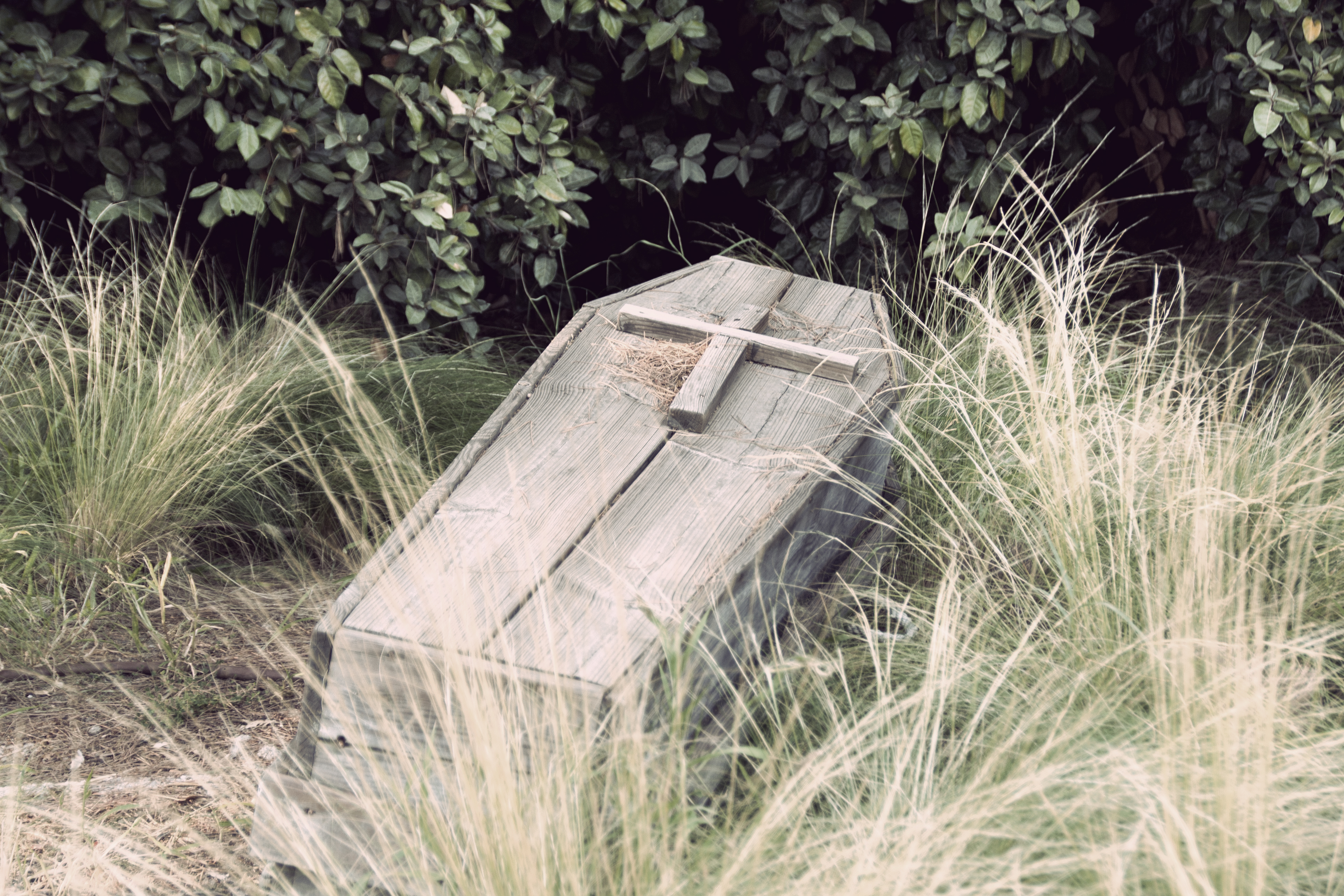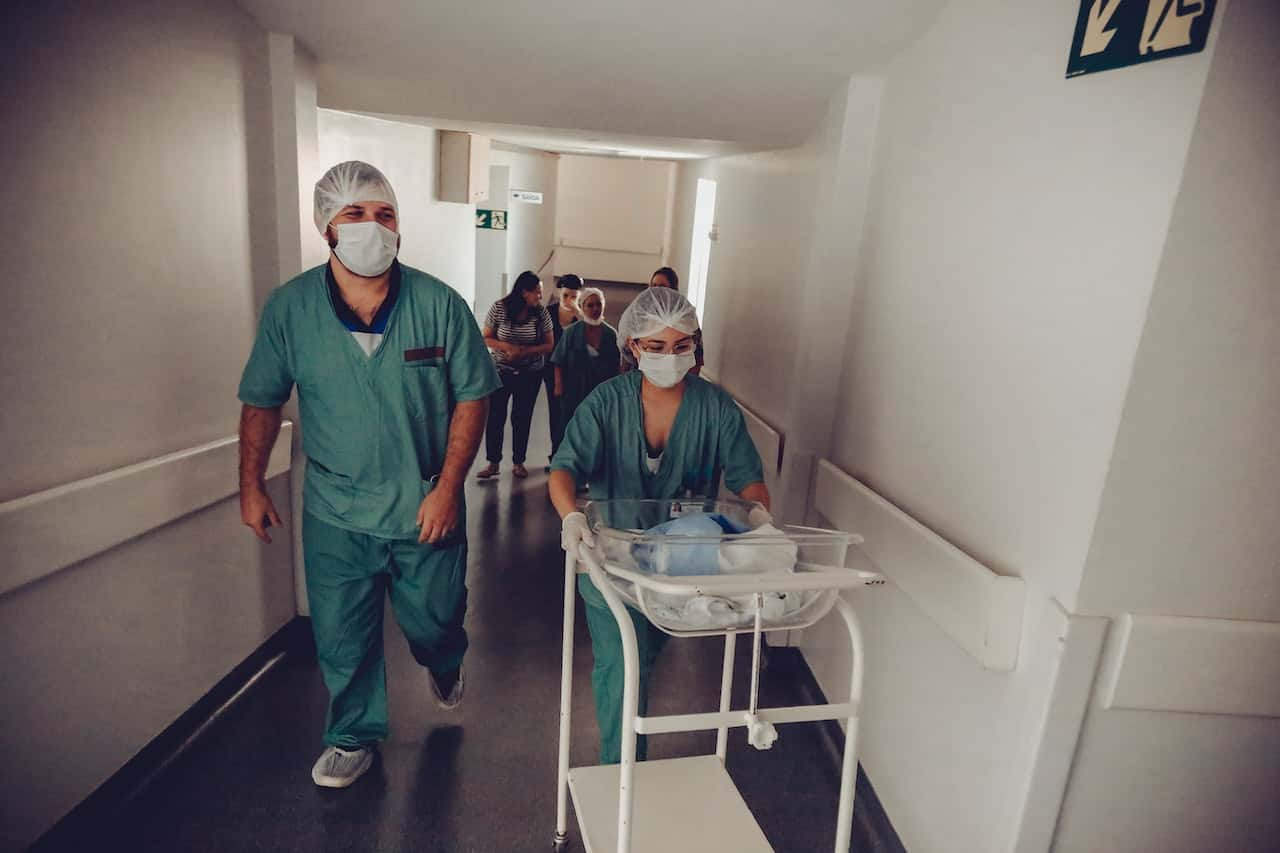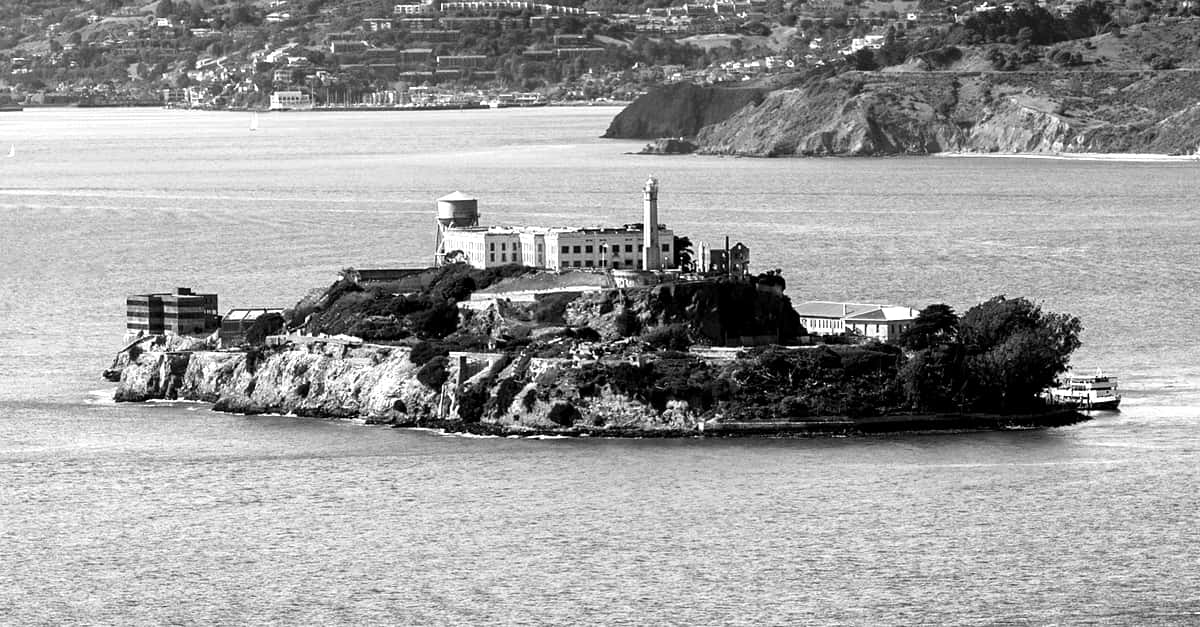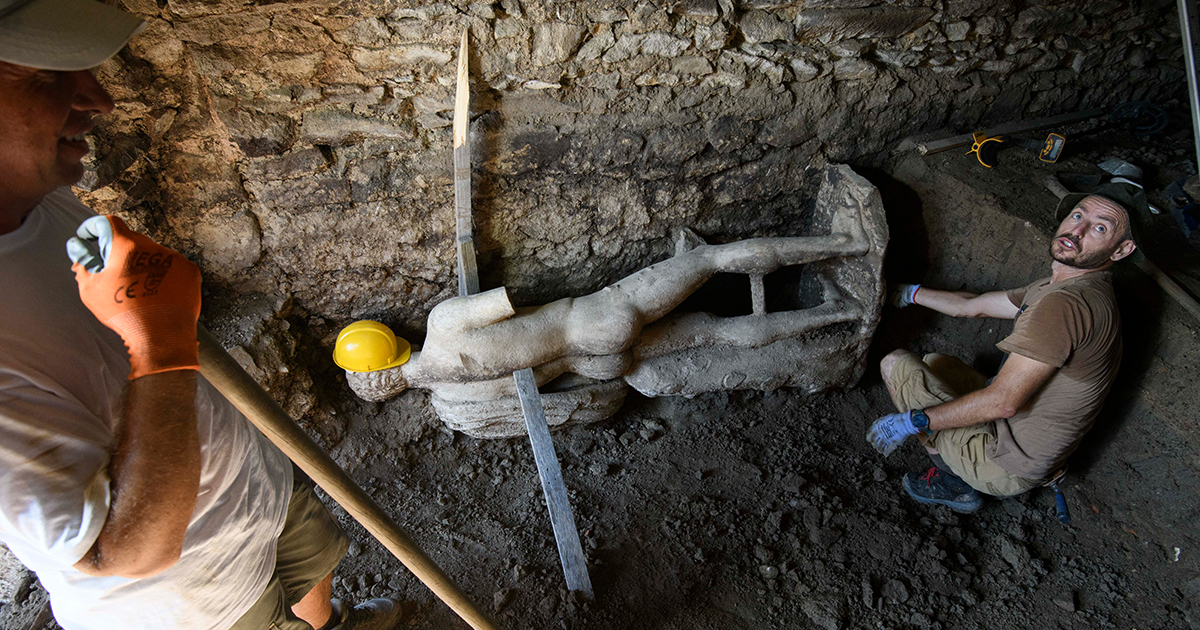Hart Island
Hart island is the final resting place for more than a million unclaimed bodies. The state has been using this potter’s field for over a century.
From convicts and homeless people to COVID-19 victims, the island is most known for its mass burial sites, but it will soon take a new direction.

Location
Hart Island is located at the western end of Long Island Sound, in the northeastern Bronx in New York City. It is part of the Pelham Islands archipelago and is east of City Island.
 Doc Searls, CC BY 2.0, Wikimedia Commons
Doc Searls, CC BY 2.0, Wikimedia Commons
Geography
The small island measures approximately 1 mile (1.6 km) long by 0.33 miles (0.53 km) wide at its widest point. It is isolated from the rest of the city: there is no electricity and it can only be accessed by ferry.
 Bjoertvedt, CC BY-SA 3.0, Wikimedia Commons
Bjoertvedt, CC BY-SA 3.0, Wikimedia Commons
History
Before it became a public burial site, Hart Island had many previous uses. It was originally home to the Siwanoy tribe of Native Americans.
It later served as a military training site, a POW camp, a quarantine station, a psychiatric hospital site, an industrial school site, a workhouse site, a prison, and so much more.
 Unknown Author, Wikimedia Commons
Unknown Author, Wikimedia Commons
The Island of Exile
Basically, Hart Island had always been used as a dumping ground for people who were not exactly welcomed in society—whether troubled or infectious.
 Defense Visual Information Distribution Service, Picryl
Defense Visual Information Distribution Service, Picryl
The First of the Burials
The first burials are said to have taken place way back in 1869, when the island was used as a public cemetery for poor people, or for people whose bodies were unclaimed after their demise.
This also included a lot of veterans.
Gravediggers
Before civilian contractors were hired in 2020, the gravediggers were inmates from the nearby Rikers Island jail. They were paid fifty cents an hour to bury bodies on the island.
Disease-ridden Bodies
In 1985, only a few years after AIDS was discovered in the U.S., the island became the final resting place for anyone who passed from the AIDS-related illness.
Fear of Contagion
In that year alone, sixteen bodies of people who passed from AIDS were buried in individual, deep graves on a remote section of the southern tip of the island.
At the time it was feared that their remains may be contagious.
Burial of Disease-ridden Bodies
During the growing AIDS epidemic, diseased bodies were delivered in body bags and buried by inmates wearing protective jumpsuits.
When it was finally learned that the bodies could not spread HIV, the city started burying them in mass graves like the others.
The First Child
Hart Island is also the final resting place for the first child to pass in New York City of AIDS-related illness. The little one’s grave is marked as “SC (special child) B1 (Baby 1) 1985.”
Since then, thousands of people who have died of AIDS have been buried on Hart Island, but the precise number is unknown.
No More Residential Facilities
In 1991, the city ended all other uses of the island except as a public cemetery. The cemetery was allotted 131-acres.
At this point, the cemetery was provided mostly for diseased bodies, and bodies of unclaimed people.
Reputation
Hart Island is often described as the largest tax-funded cemetery in the United States, the largest-such in the world, and one of the largest mass graves in the United States.
The Burials: Trenches
Most of the bodies were buried in trenches, piled on top of each other. Diseased bodies were buried separately, or on remote parts of the island.
Eventually, basic wooden coffins were introduced.
The Burials: Babies
Babies are placed in coffins, which are stacked in groups of 100, measuring five coffins deep and usually in twenty rows.
The Burials: Adults
Adults are placed in larger pine boxes placed according to size, and are stacked in sections of 150, measuring three coffins deep in two rows and laid out in a grid system.
Coffin Specifics
There are seven sizes of coffins, which range from 1 to 7 feet long.
Each box is labeled with an identification number, the person's age, ethnicity, and the place where the body was found, if applicable.
Claiming Bodies
Bodies of adults are often dug up when families are able to locate their relative’s bodies through DNA, photographs and fingerprints that are kept on file.
This is most common after pandemics when bodies are buried quickly and unclaimed until a later date.
 The U.S. National Archives, Picryl
The U.S. National Archives, Picryl
Unearthed Bodies
There was an average of 72 bodies being dug up and claimed per year from 2007 to 2009. As a result, the adults' coffins were staggered to speed up removal.
It was rare for children’s bodies to be unearthed.
 The U.S. National Archives, Picryl
The U.S. National Archives, Picryl
Baby Burials
About half of the burials on Hart Island are of children under five, who passed in hospitals. These babies were identified prior to burial as the mothers signed papers authorizing a “City burial”.
Usually, the mothers were unaware of what that meant and didn’t realize their babies’ bodies were being buried in a mass public grave.
Unclaimed Bodies
Another significant number of bodies are of those whose families live abroad.
Some of those families extensively search for the burial site of their loved ones, but find it challenging as Hart Island’s burial records are kept within the prison system.
Amputated Body Parts
Hart’s Island is also used to dispose of amputated body parts, which are placed in boxes labeled "limbs". These typically include body parts that do not have a body to match them with.
 Global Environment Facility, Flickr
Global Environment Facility, Flickr
Regulations
Regulations specify that the coffins generally must remain untouched for 25 years, except in cases of unearthing.
After the 25 years though, the graves can be used again.
 State Archives of North Carolina, Picryl
State Archives of North Carolina, Picryl
Reusing Burial Trenches
In the past, burial trenches were re-used after 25–50 years, allowing for sufficient decomposition of the remains.
Since then, however, historic buildings have been demolished to make room for new burials.
The Flu Pandemic
In 2008, the island was the designated site for mass burials during a particularly extreme flu pandemic. A massive trench was dug to accommodate up to 20,000 bodies during this time.
Covid-19 Pandemic
In 2020, Hart Island was once again the designated site for mass burials during the Covid-19 pandemic. It was initially set up as a “just in case” burial site if mortuaries were to become overwhelmed.
However, this happened quicker than expected.
Covid-19 Pandemic Burials
Preparations for mass graves began as early as the end of March 2020, not long after the Pandemic started.
Losses at home were increasing significantly, though the corpses were not tested for the virus.
Private Contractors
At this time, private contractors were hired to replace inmates, as the death toll was rapidly rising by the day, and fear of contagion was present once again.
Covid-19: Unclaimed Bodies
During the Covid-19 pandemic, there were an overwhelming number of unclaimed bodies. It is estimated that nearly 3,000 bodies were buried on Hart Island in 2020, as a result.
 Kuncoro Widyo Rumpoko, CC BY-SA 4.0, Wikimedia Commons
Kuncoro Widyo Rumpoko, CC BY-SA 4.0, Wikimedia Commons
A Time Sensitive Matter
During the pandemic, NYC was inundated with bodies—not just from the virus.
Any bodies that were not immediately claimed were sent to Hart Island in their cheap wooden coffins, and buried on top of each other in the newly dug mass graves.
This was the only option as bodies were piling up quicker than the mortuaries could receive them.
Bodies Claimed in 2020
The mass graves were dug strategically to allow for easy exhumation, as the city recognized that not enough time was given for bodies to be claimed.
However, since 2020, only 32 bodies from Hart Island were claimed by loved ones.
Total Bodies Buried on Hart Island
Currently, the estimated total of bodies buried on Hart Island, since its beginning, is well over one million.
Even after the covid-19 pandemic has quieted, the island continues to bury unclaimed bodies. But that’s not its only purpose anymore.
Hart Island’s New Plan
For many decades, the burials that took place on Hart Island were kept relatively secret. It was not a common topic of discussion.
The covid-19 pandemic changed that, and it has gone from New York’s most forbidden place to a possible location for public access.
 Audley C Bullock, Shutterstock
Audley C Bullock, Shutterstock
Hart Island’s Guided Tours
In 2023, NYC Parks' Urban Park Rangers started offering free walking tours of the island twice per month.
Registration is required through an online form and participants will be selected by lottery.
Gravesite Visits
For people who wish to visit the final resting place of a loved one, the City offers private gravesite visits to Hart Island twice a month, on weekends.
Finding Loved Ones on Hart Island
Hart Island records are searchable through the Hart Island database, which allows the public to determine if a loved one is buried on the island.
Records previous to 1977 may not be found.
Burial Records
If someone was buried at Hart Island, their death certificate will say "City Burial" or "Hart Island" in the burial information.
Removing Remains from Hart Island
If a family confirms their loved one is buried on the island and they wish to transfer the remains somewhere else, they may make arrangements with a licensed funeral home to request a disinterment.
There is no fee for this. But the disinterment is conditional on whether or not the remains can be easily recovered.
Final Thoughts
Hart Island, New York City’s potter’s field, is currently the burial site for millions of bodies—and counting—most of which are in unmarked mass graves.
Although it had numerous intriguing uses over the years, the island’s disposal of the unclaimed deceased remains its most well-known purpose.










